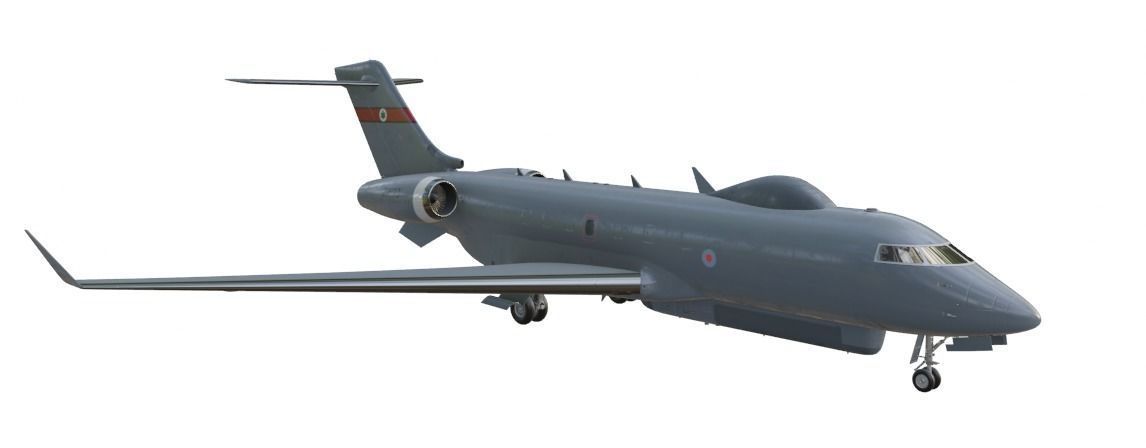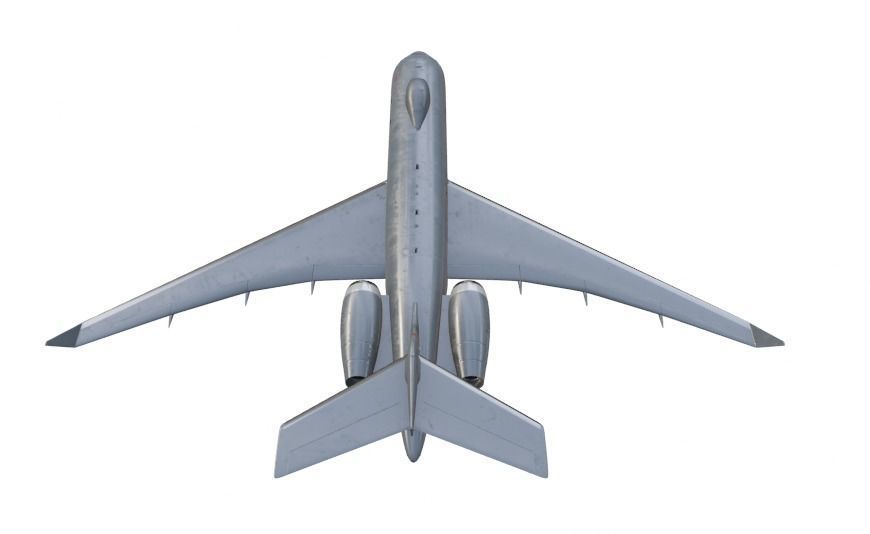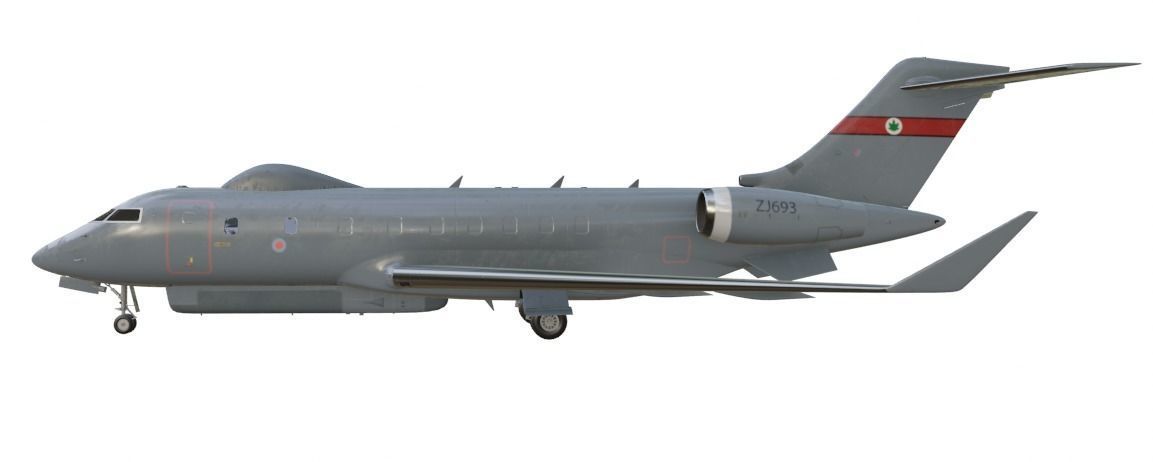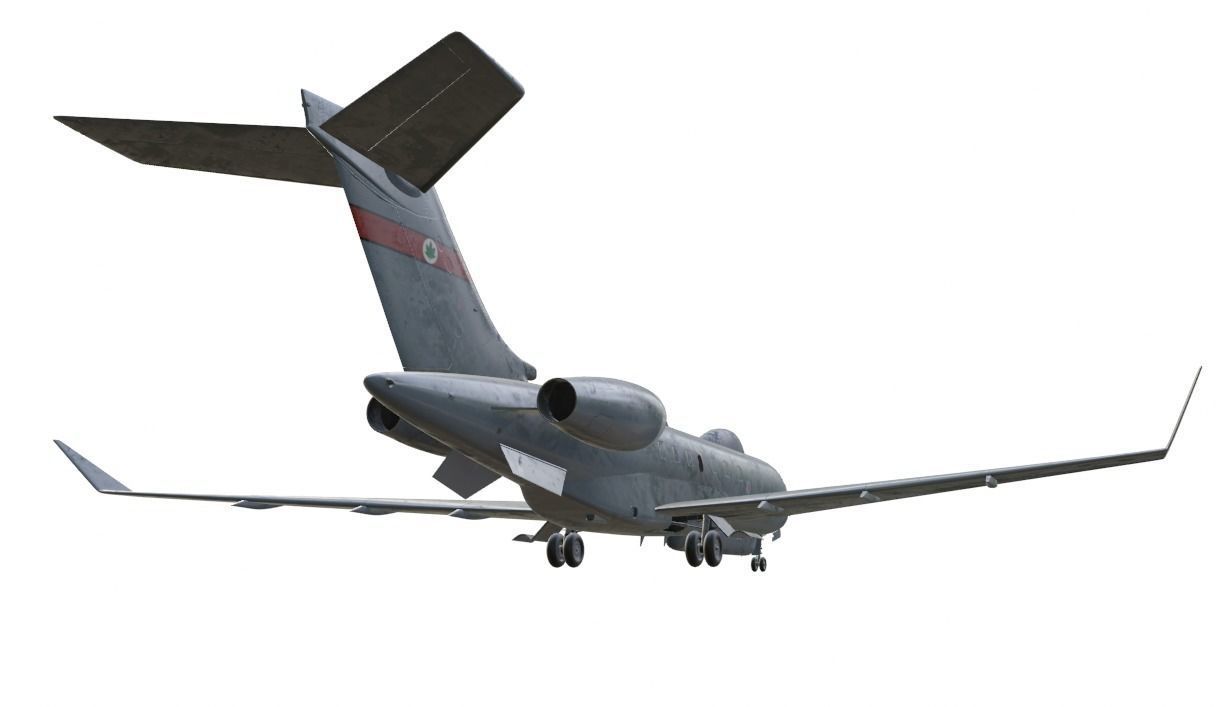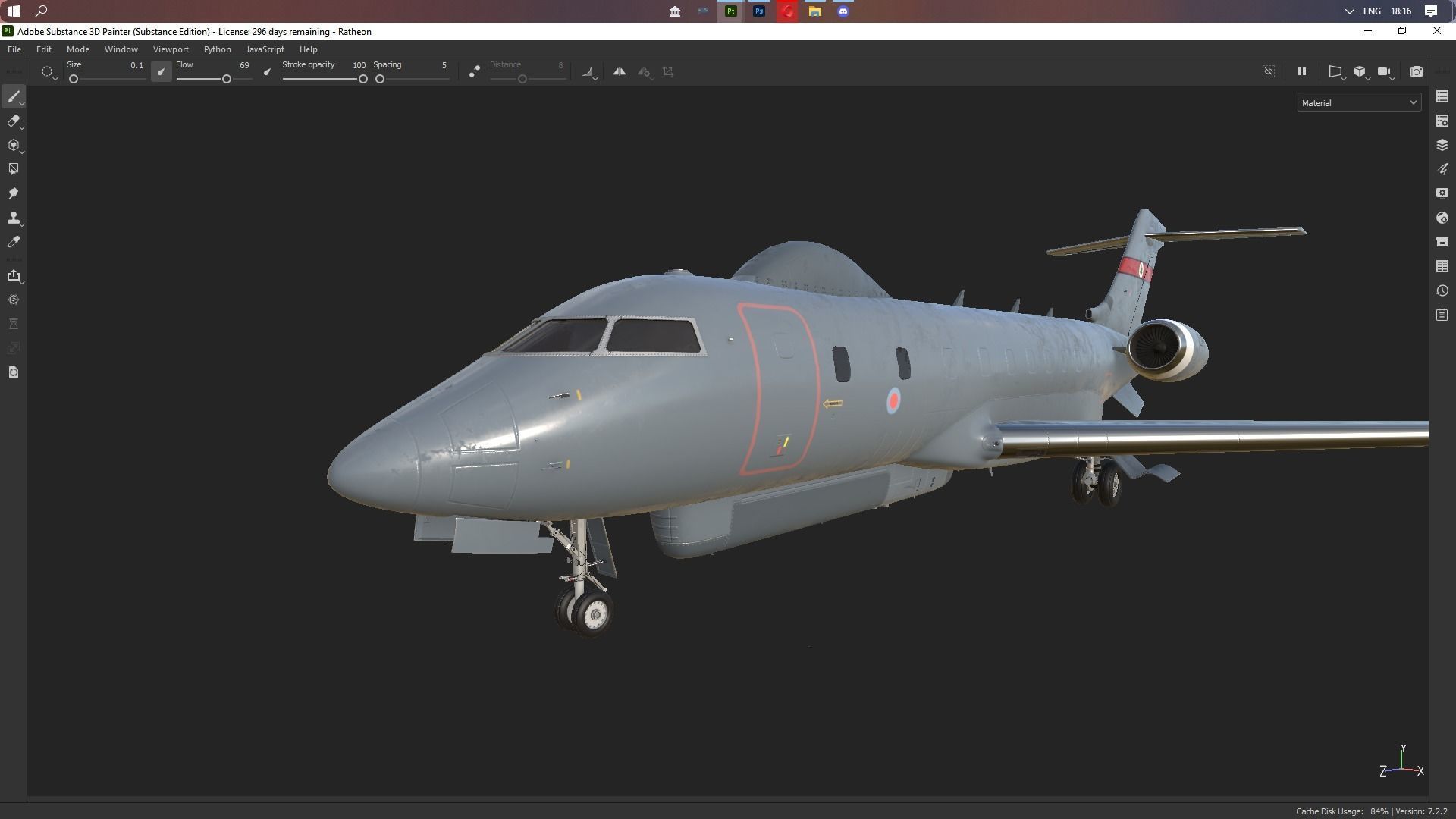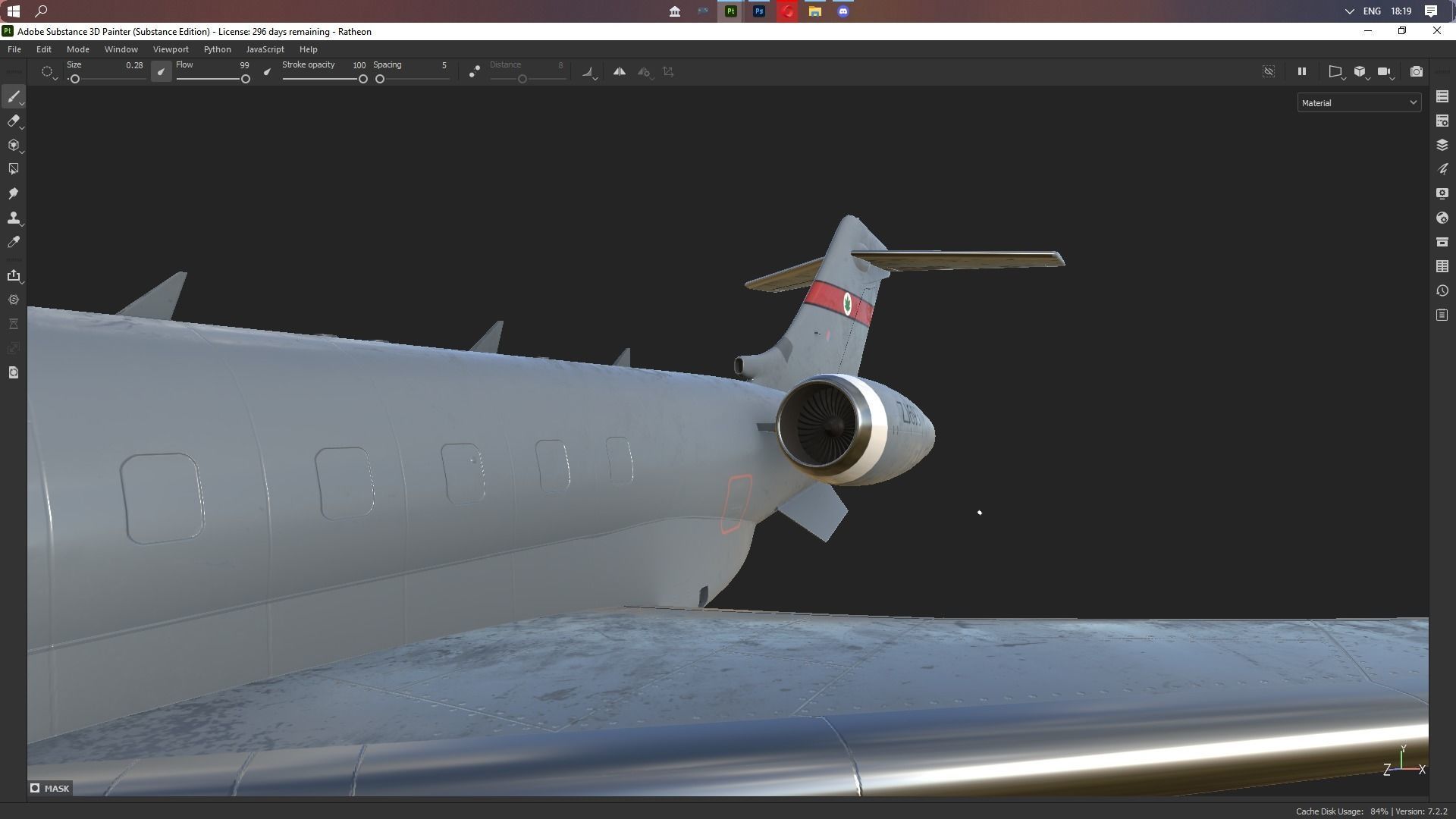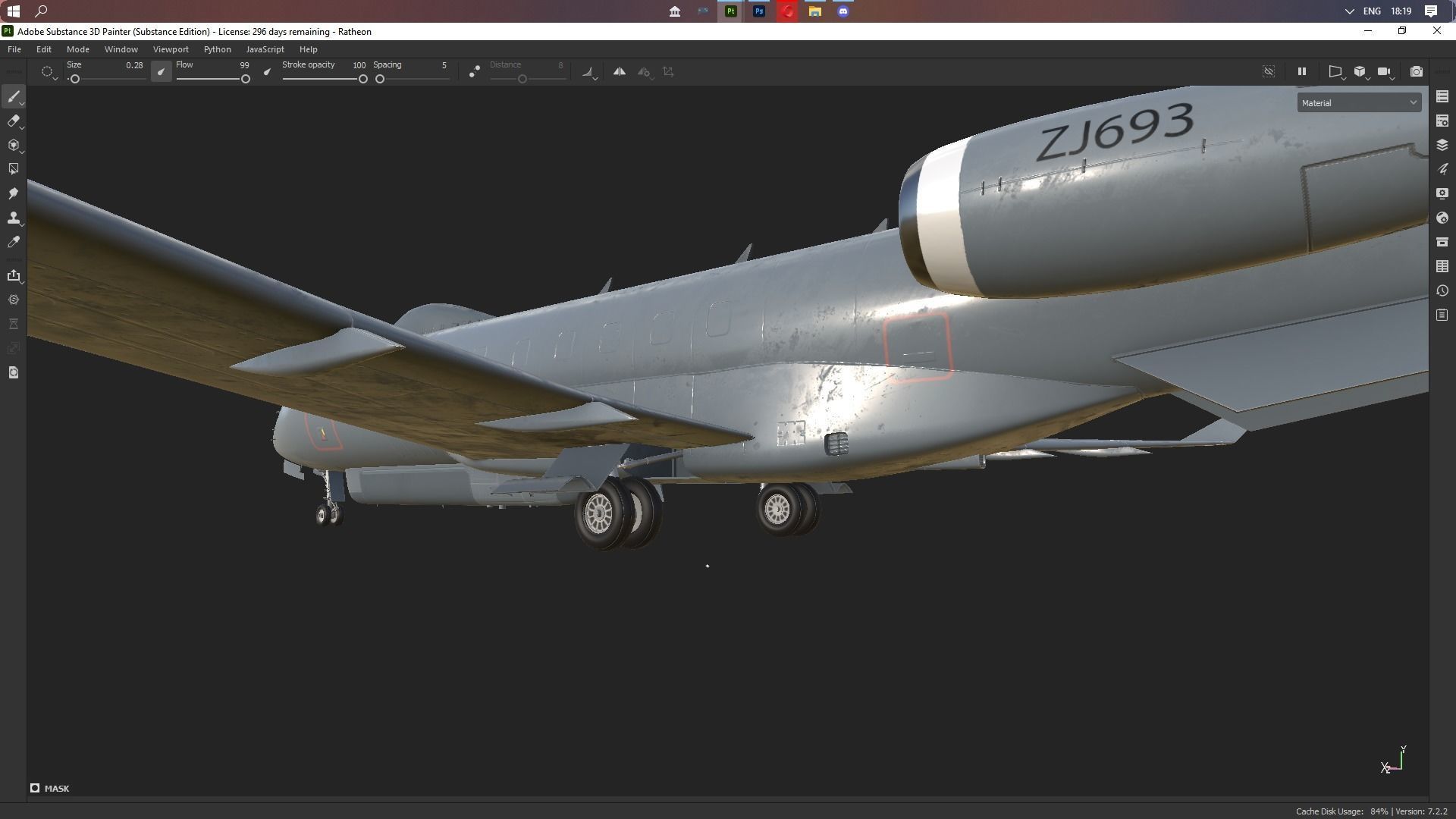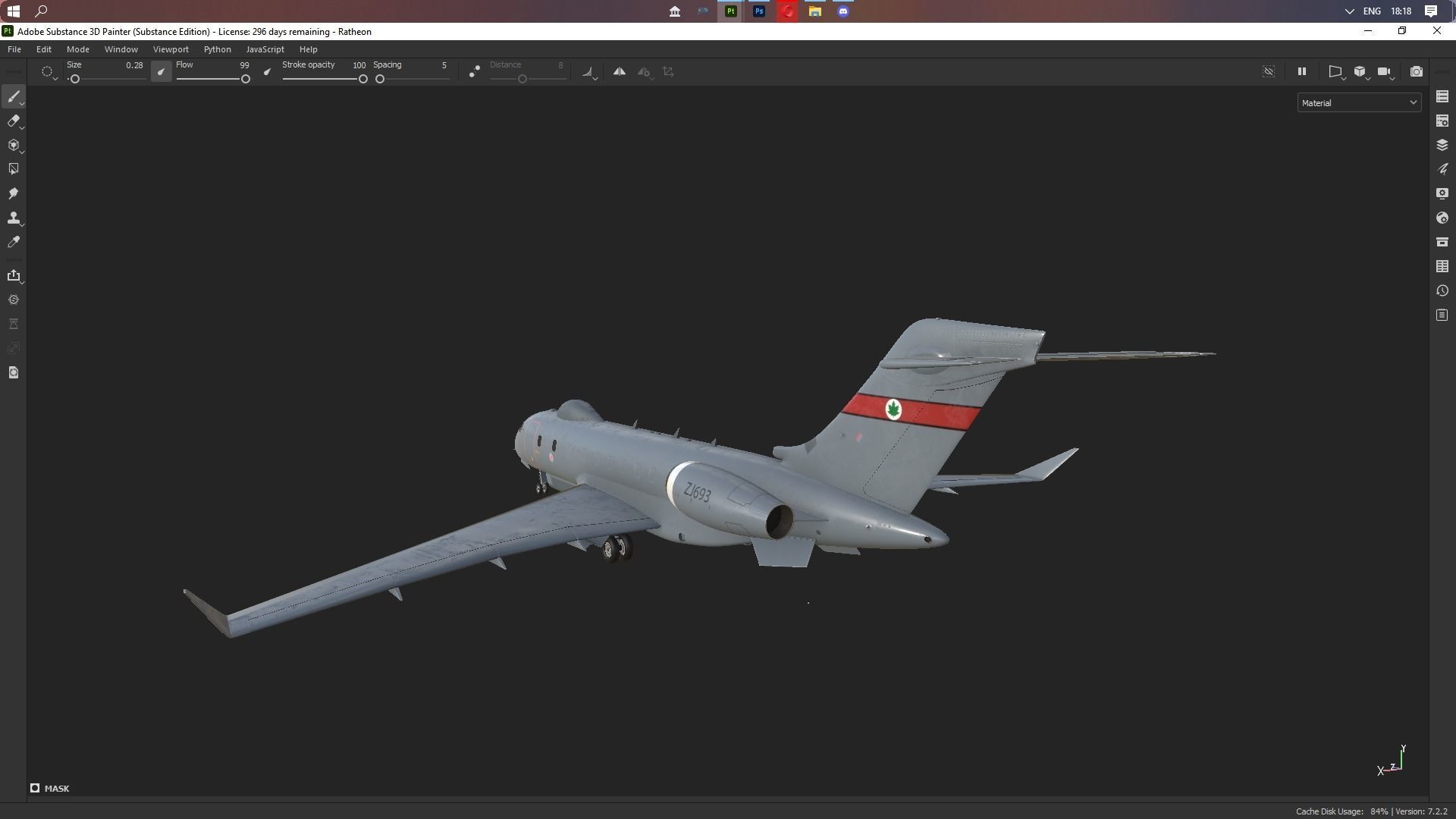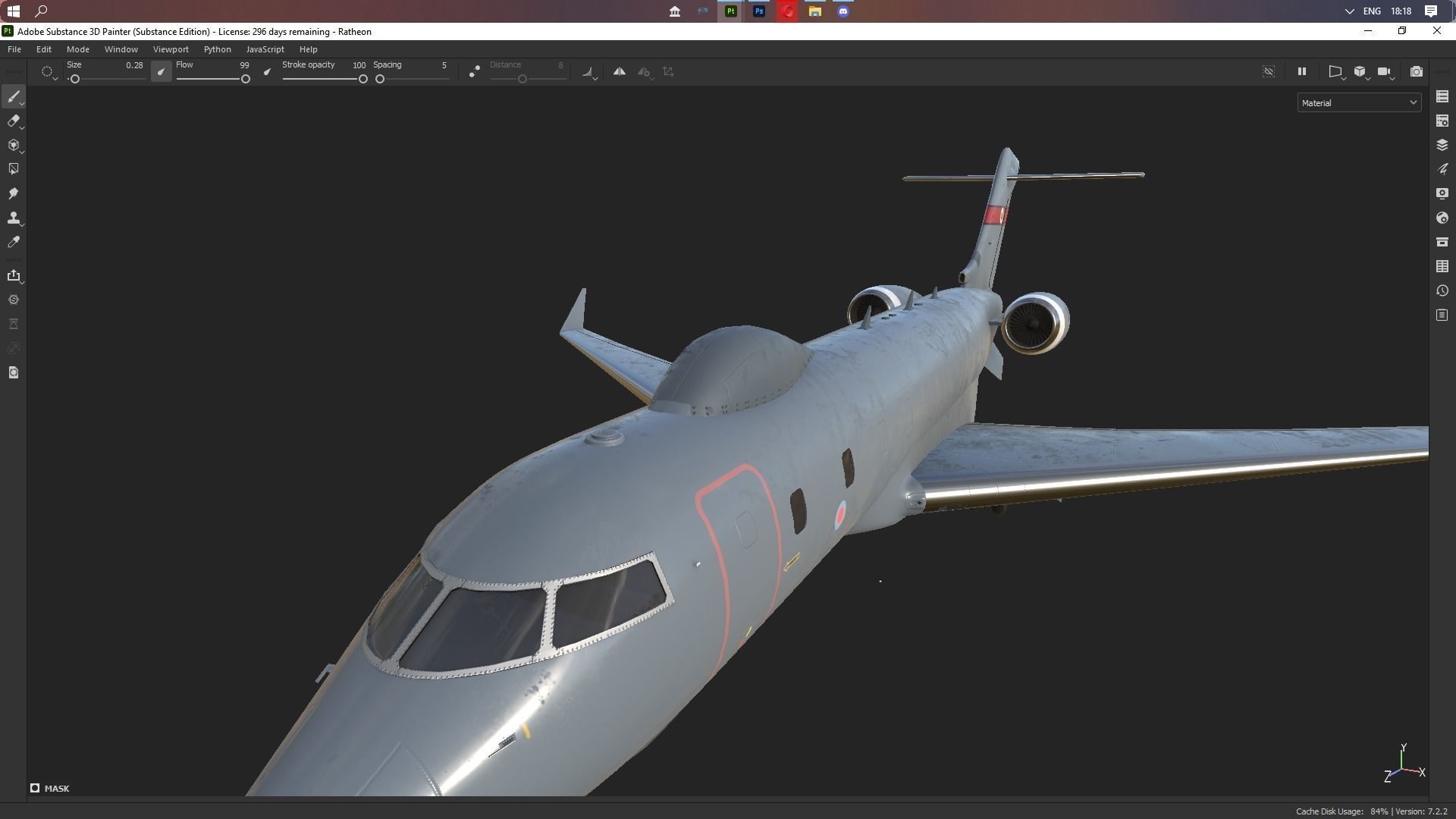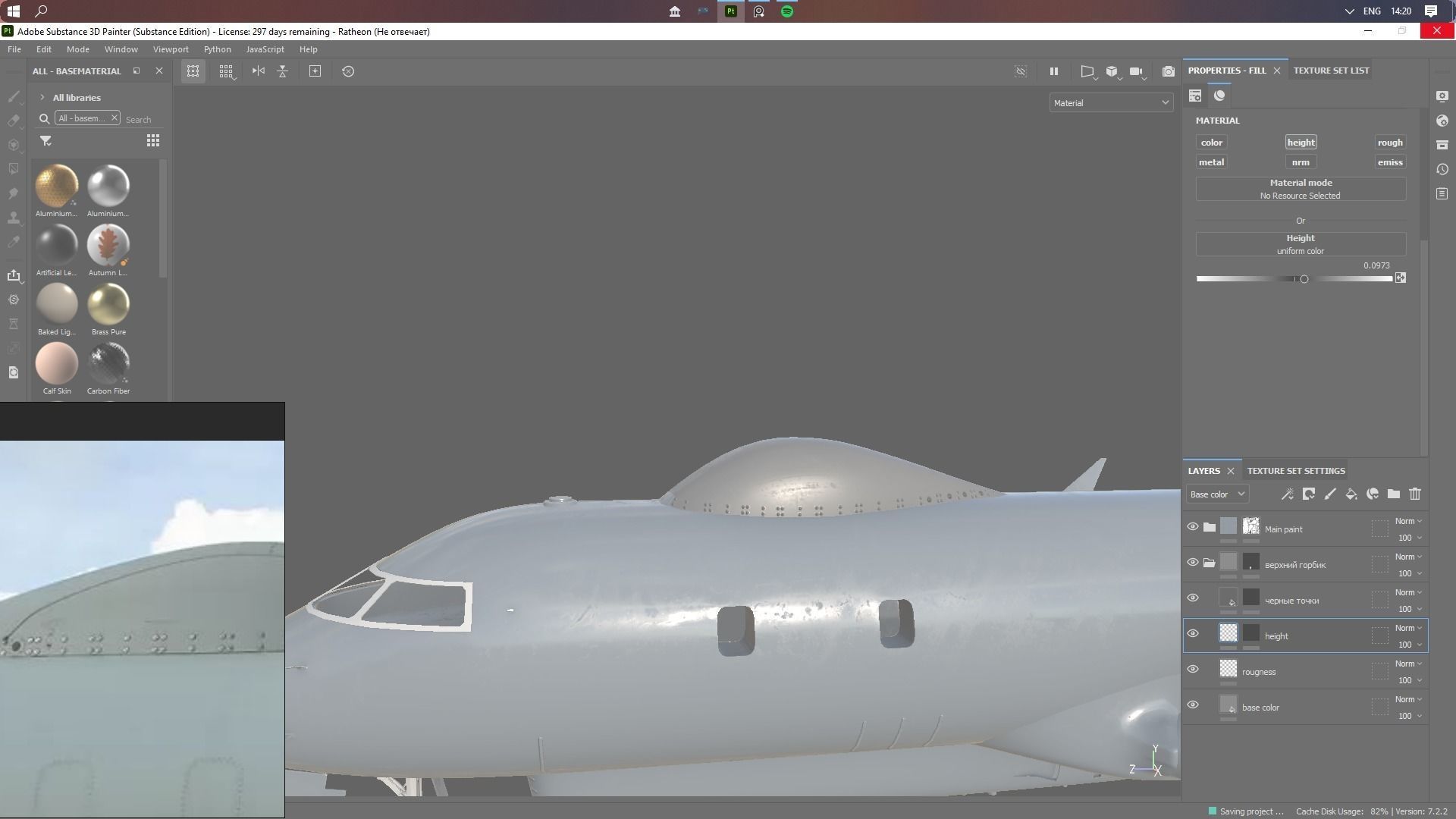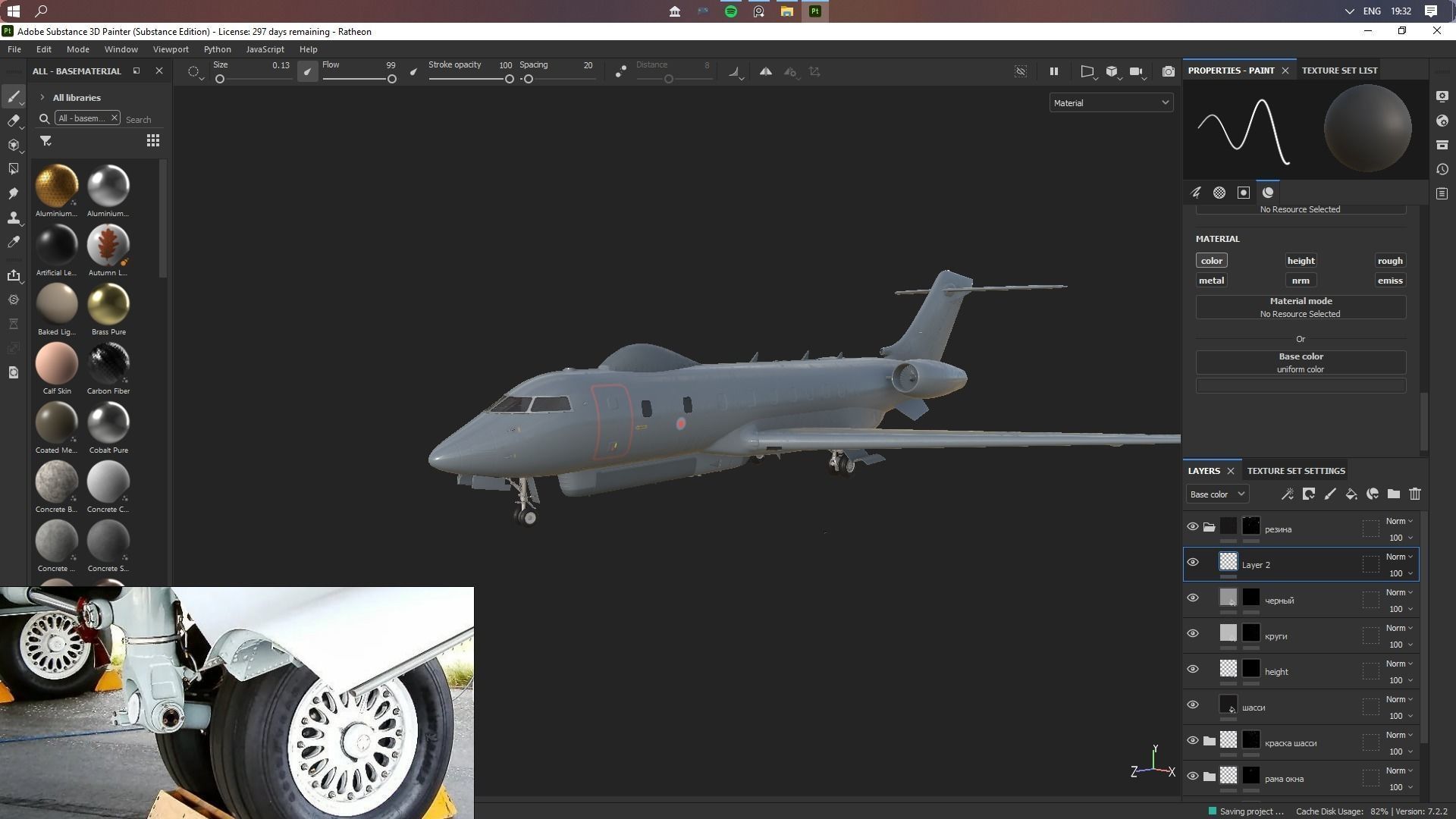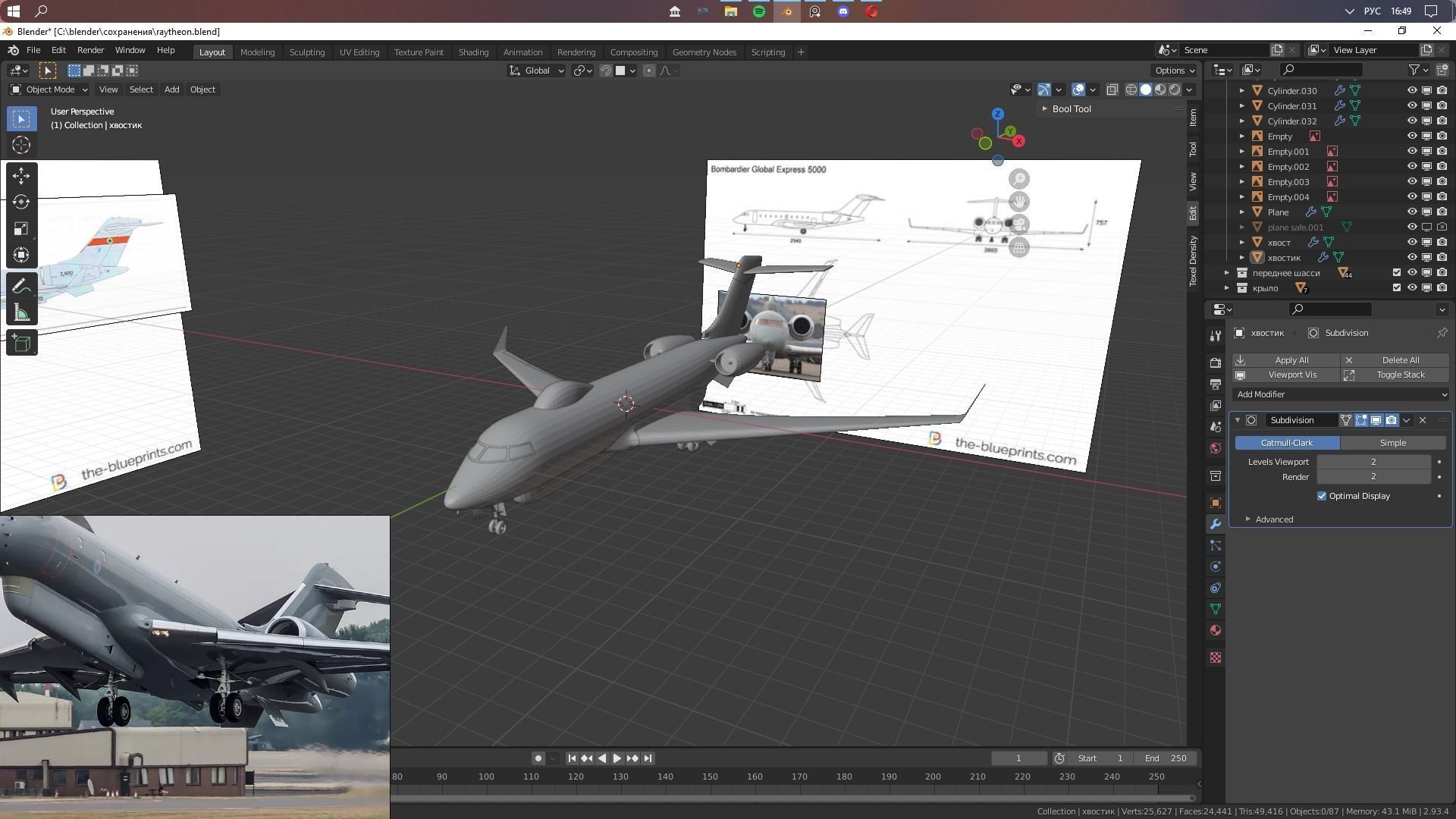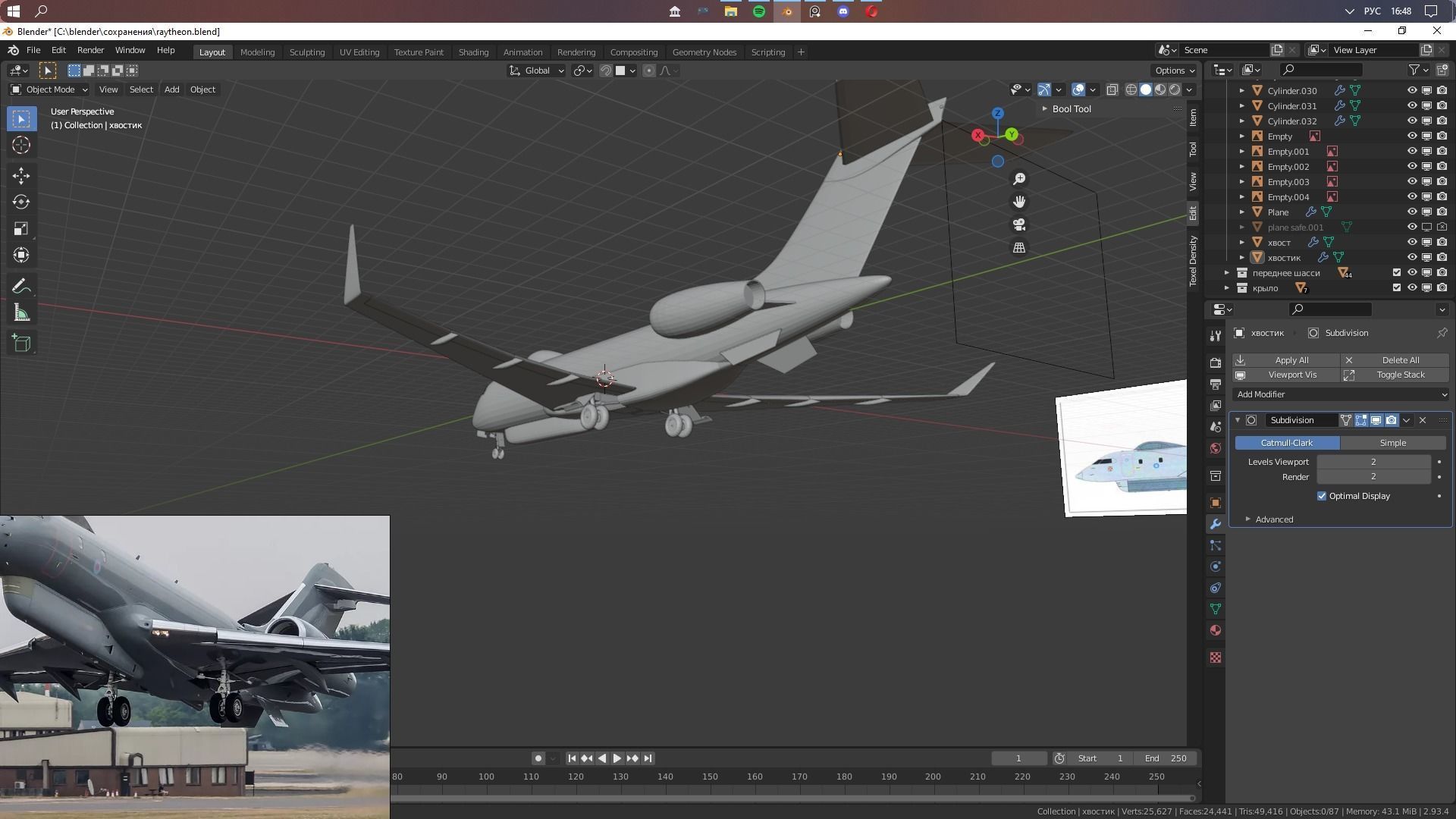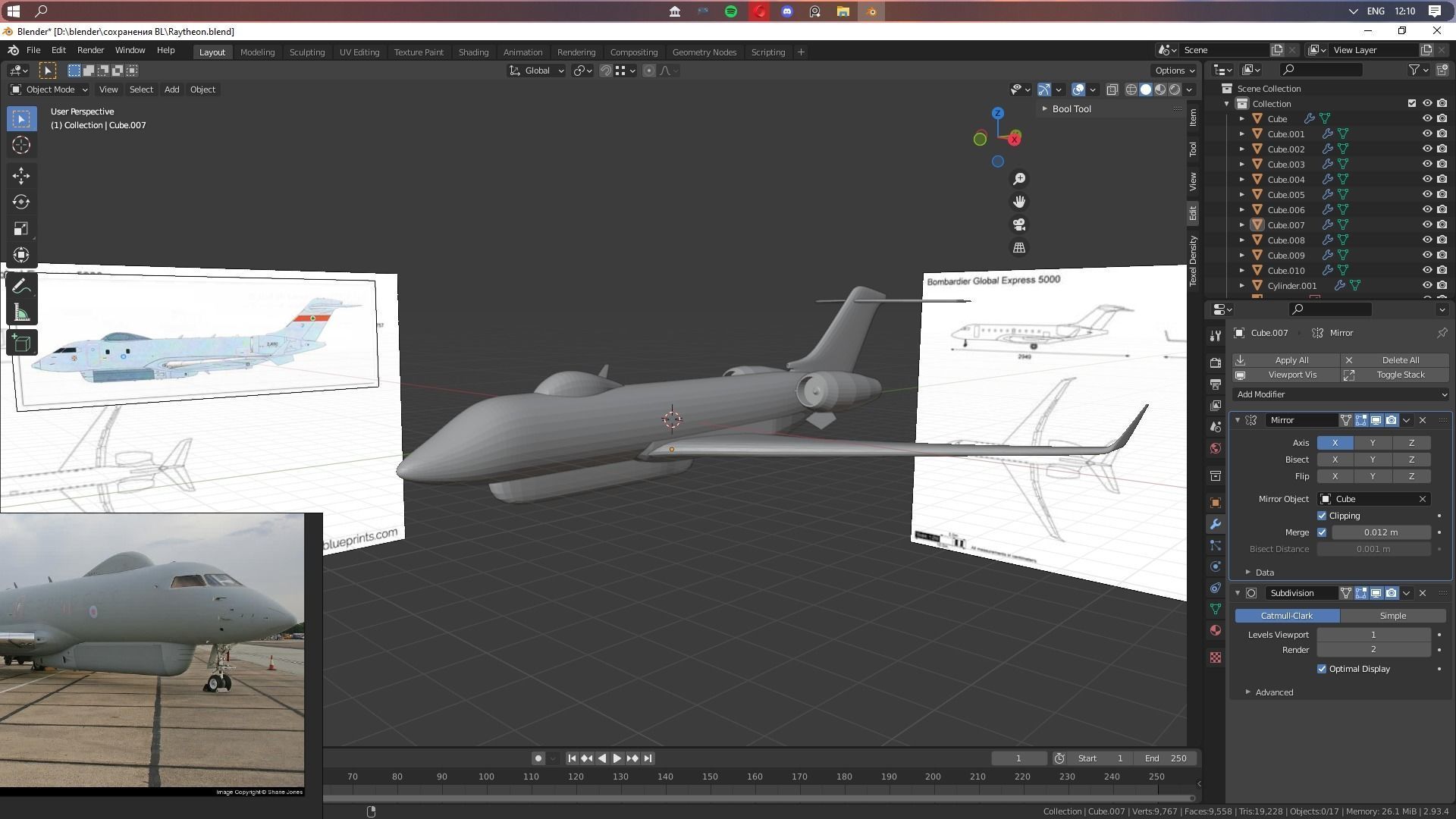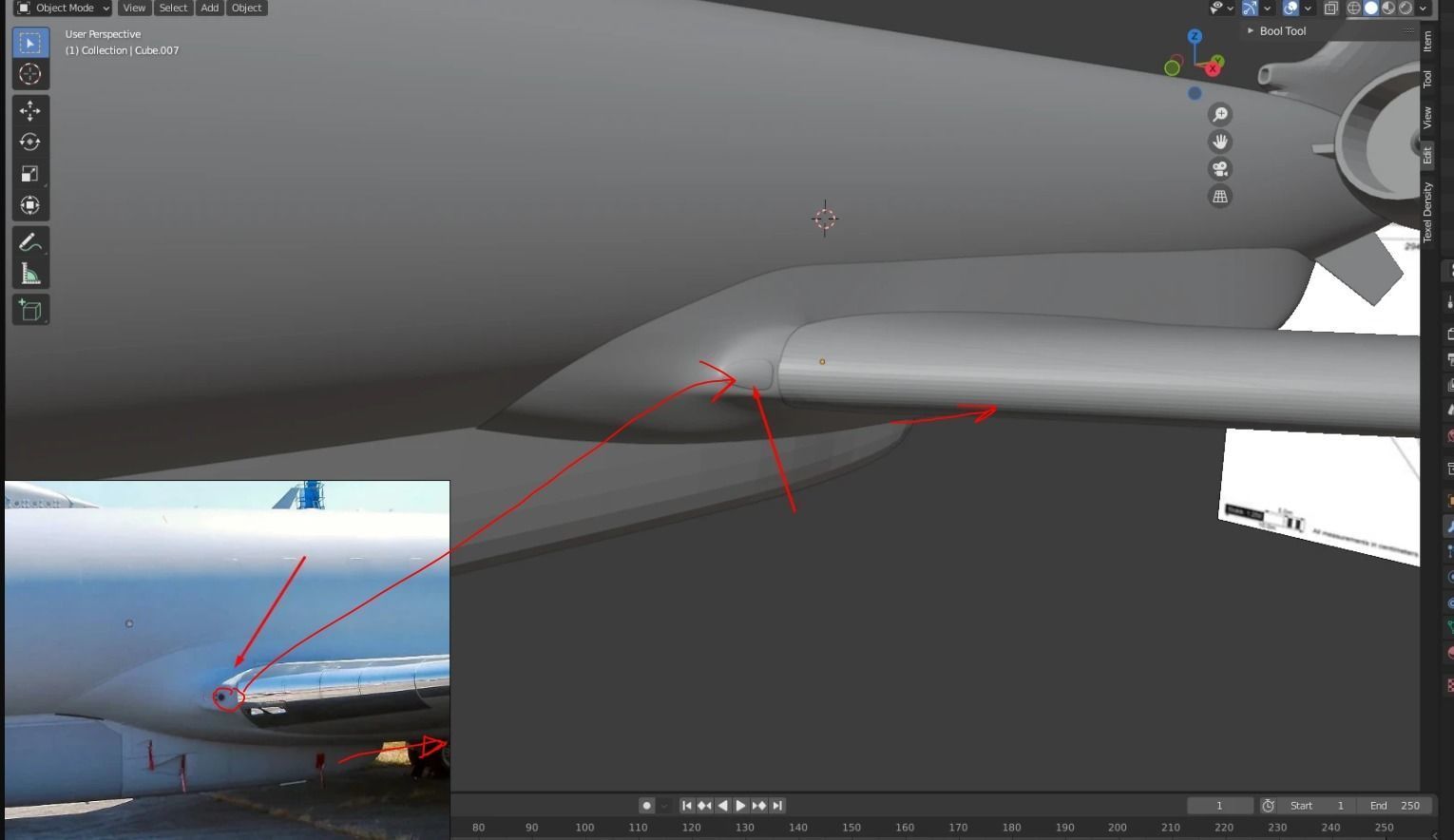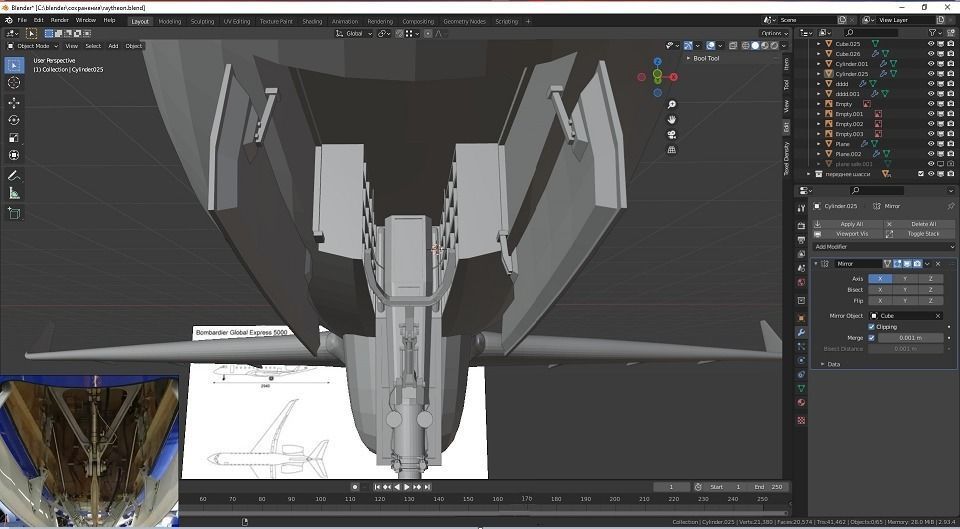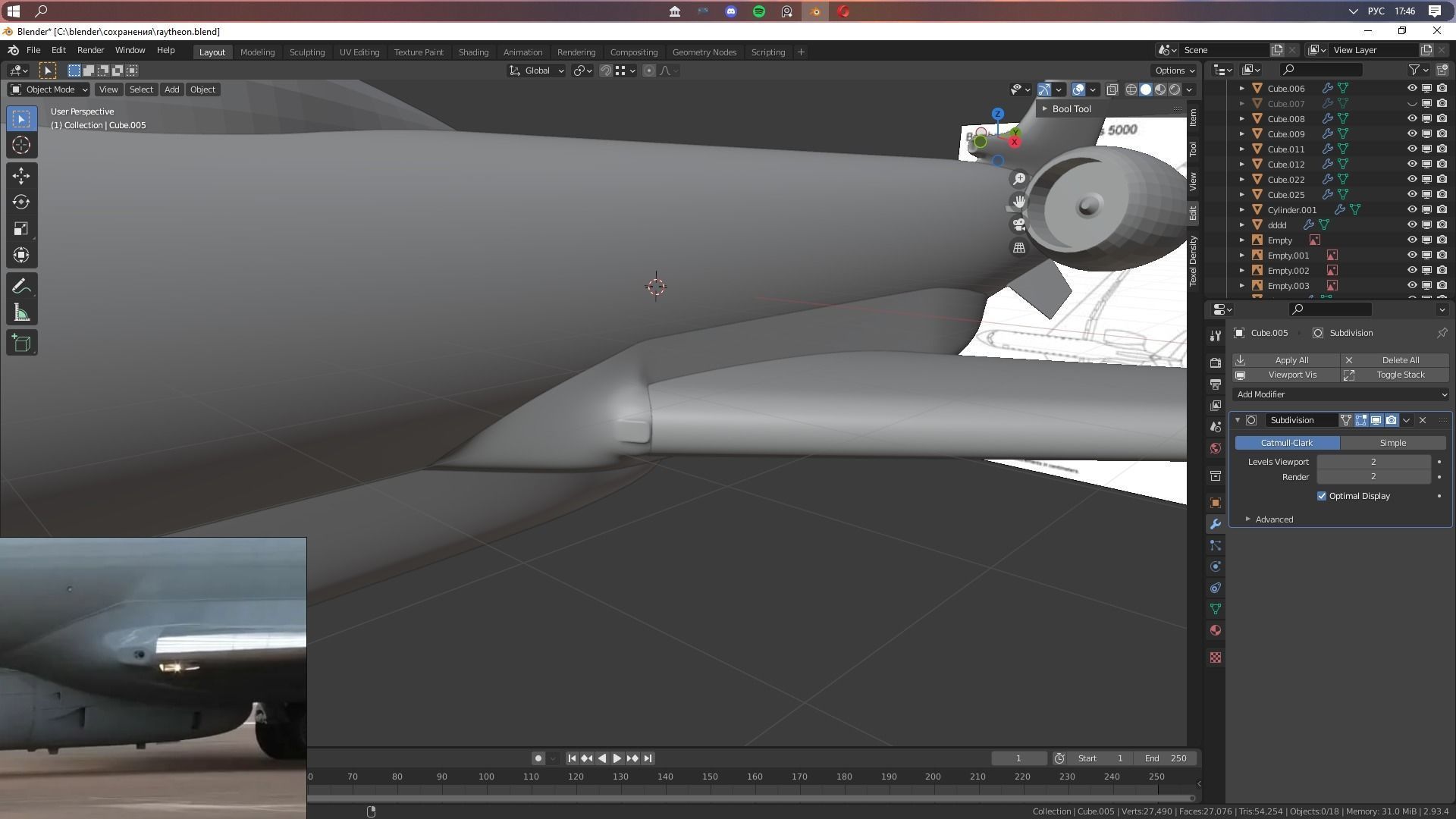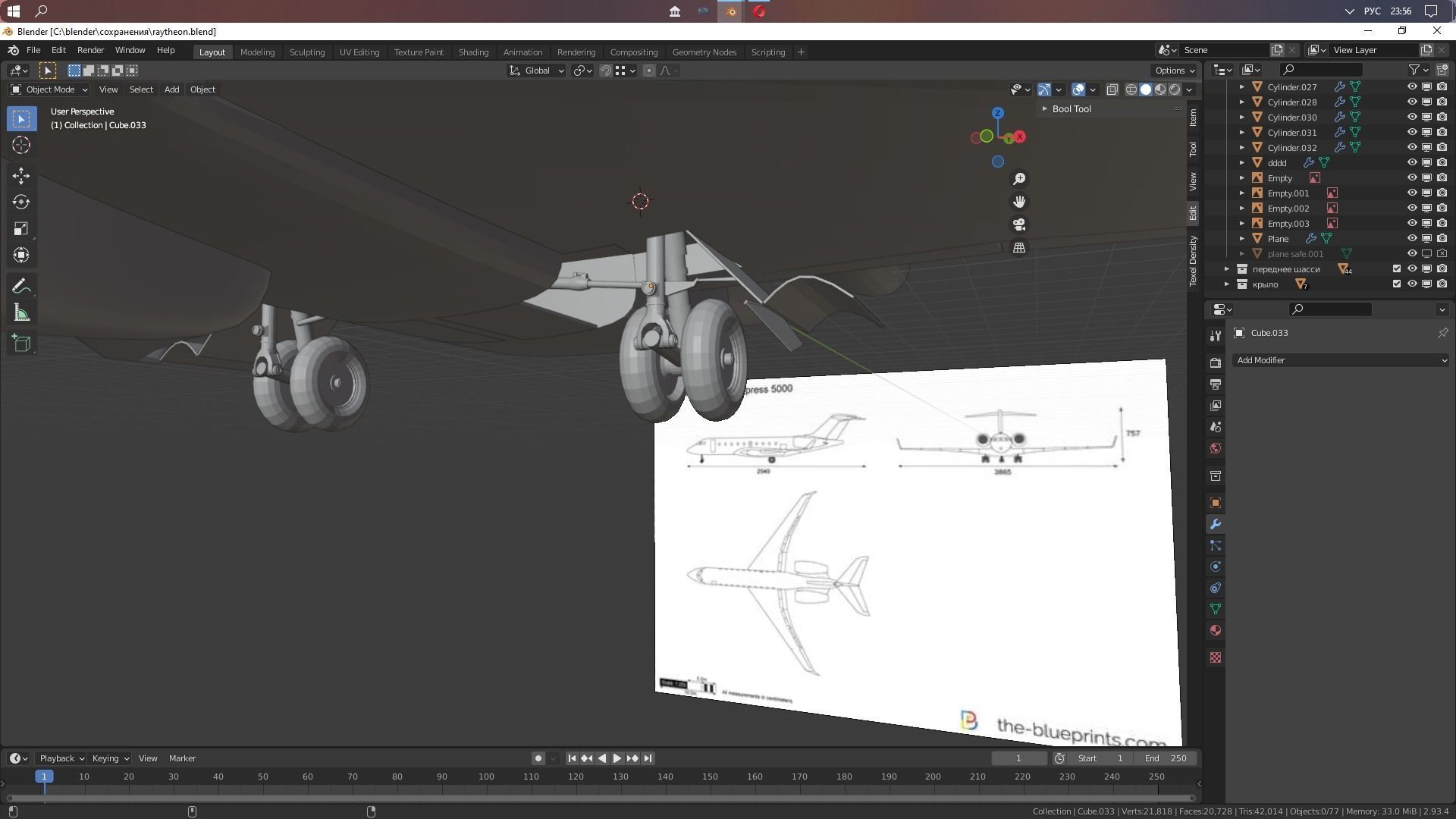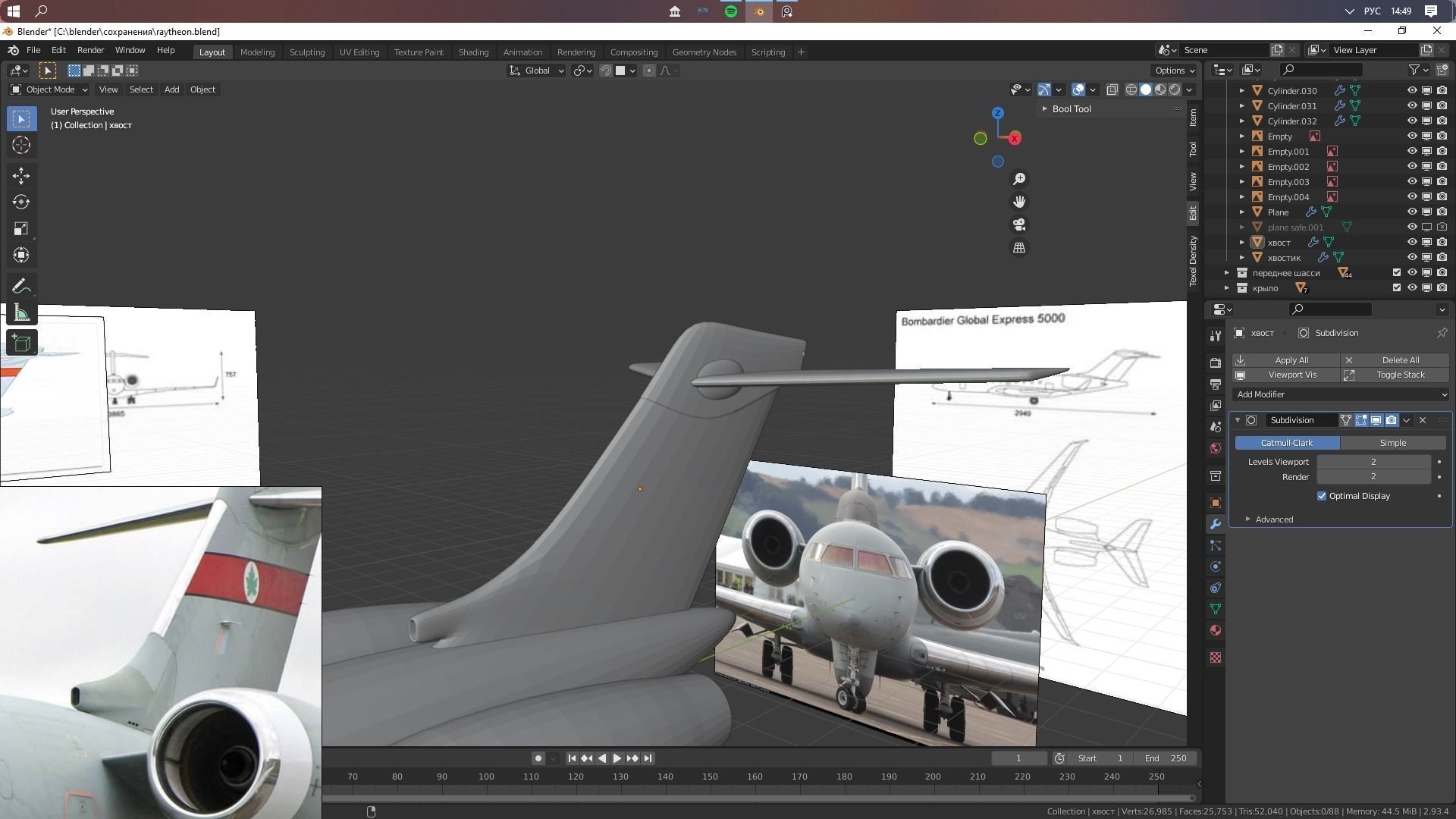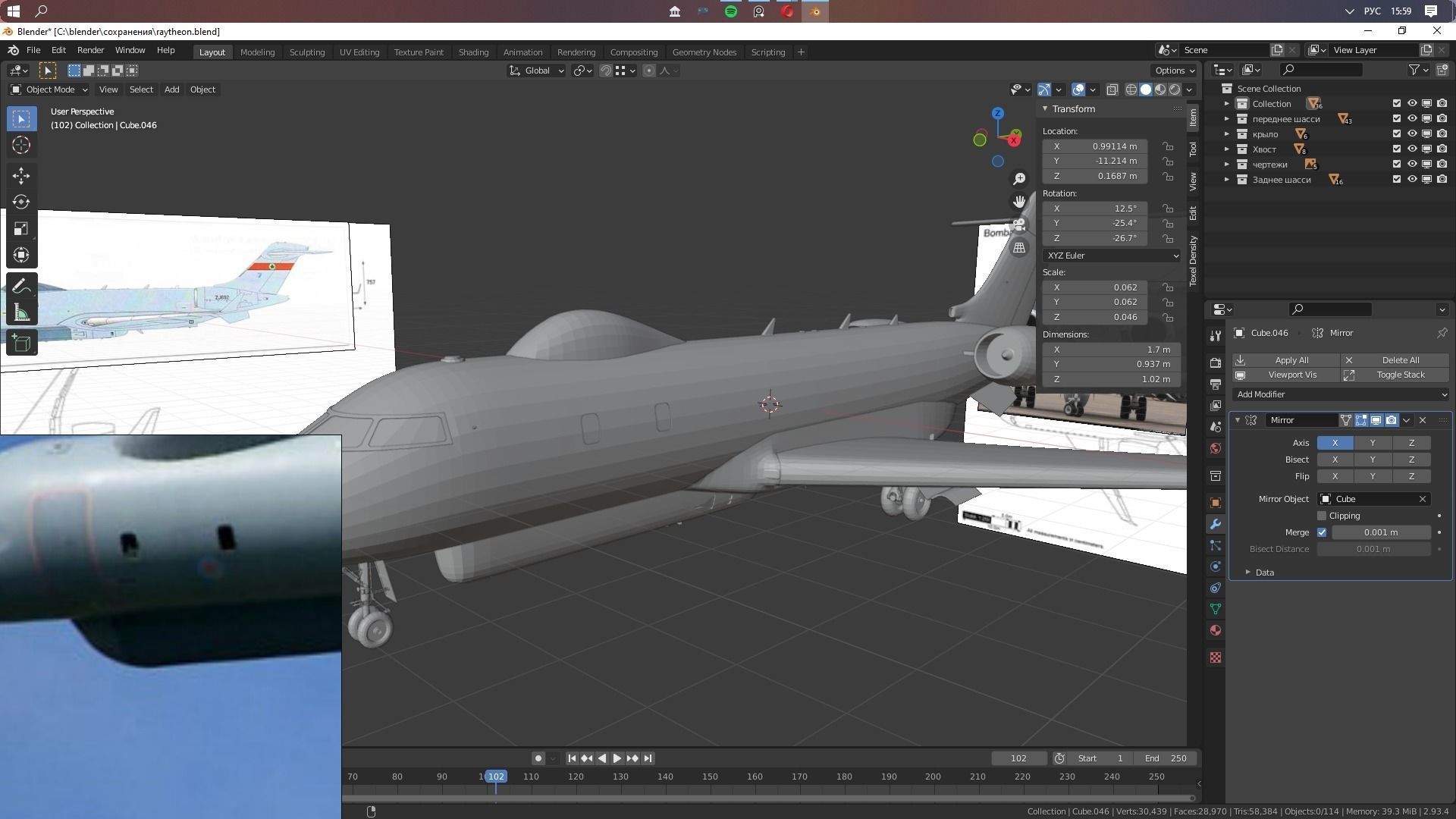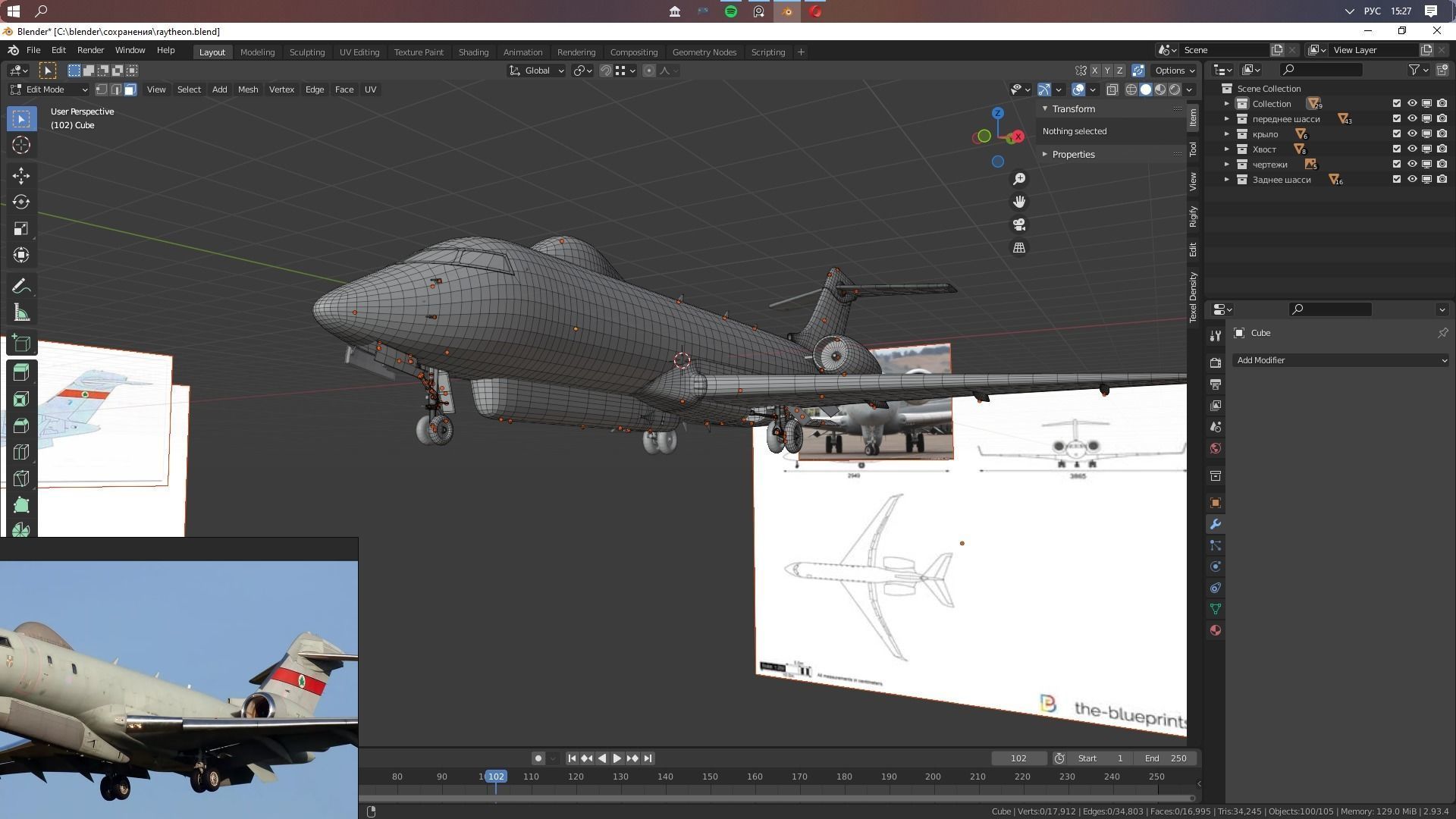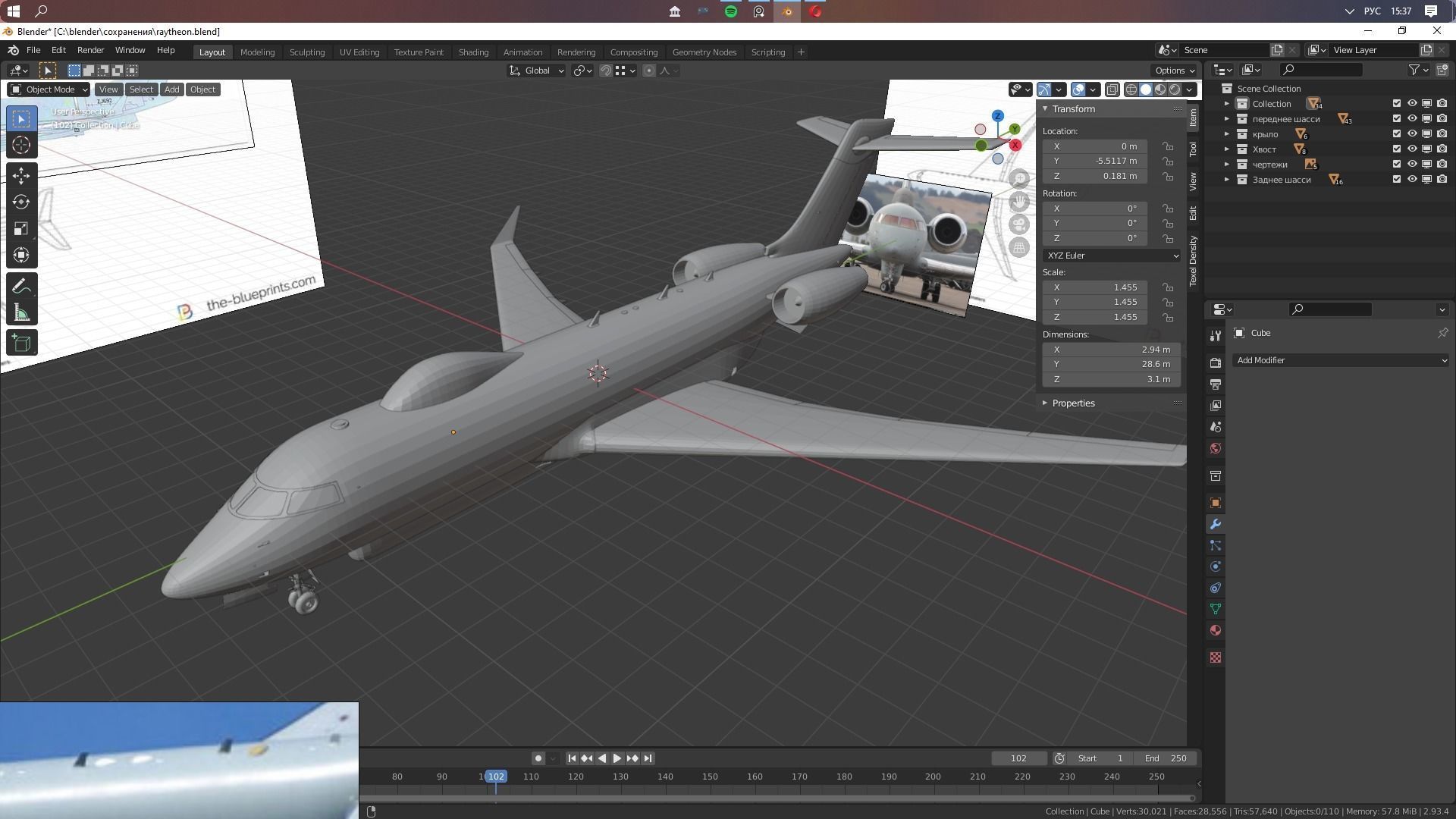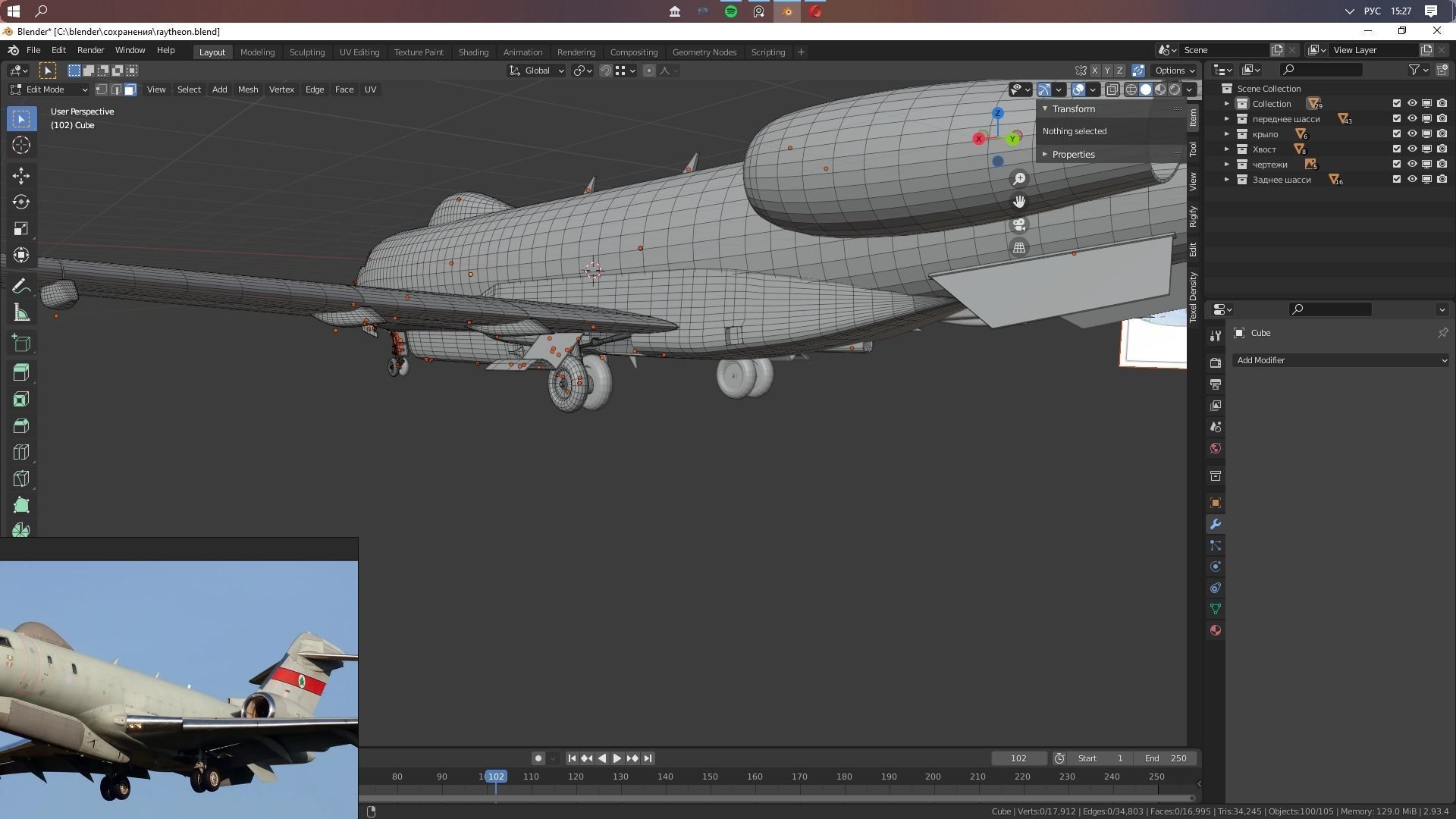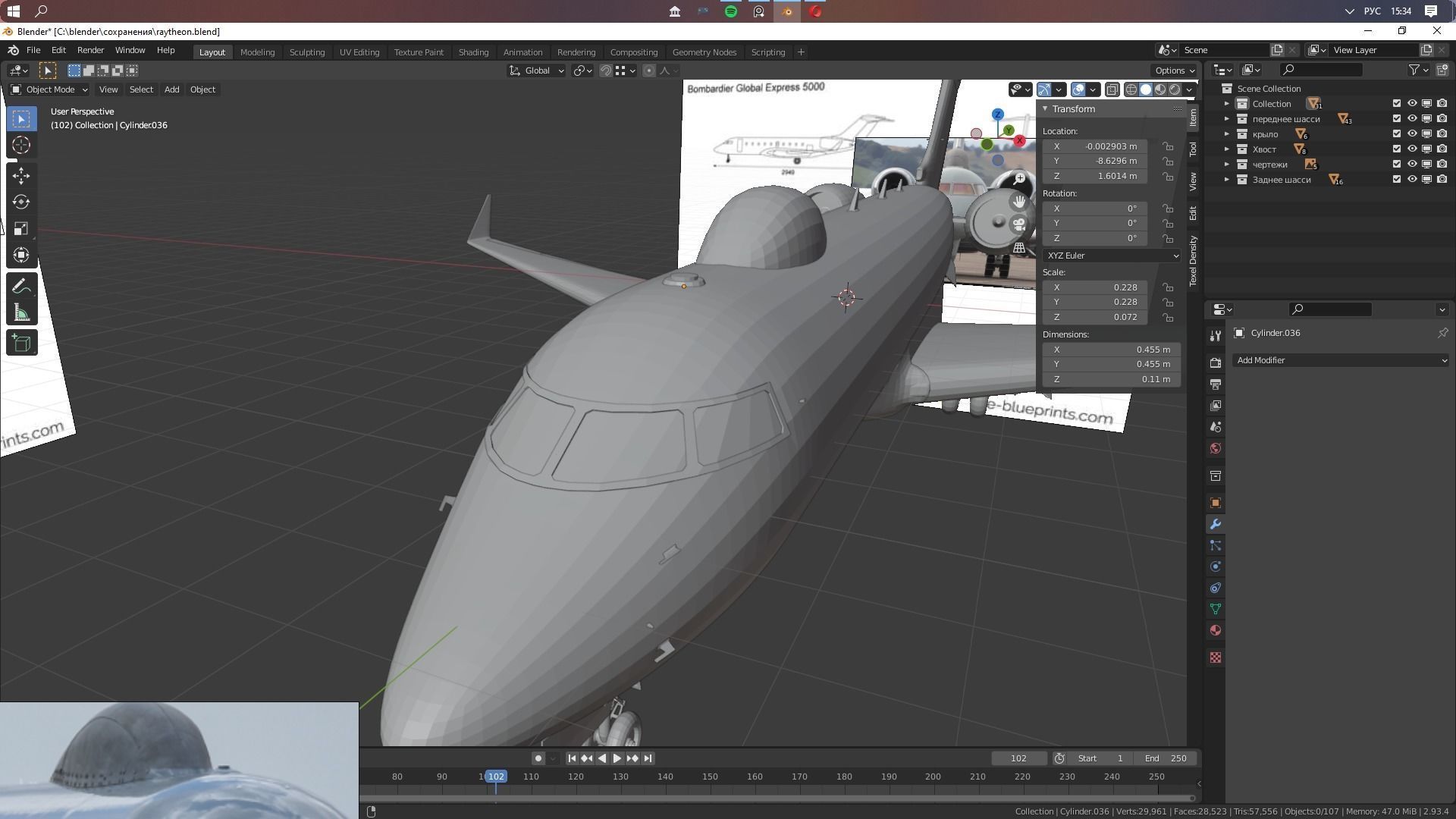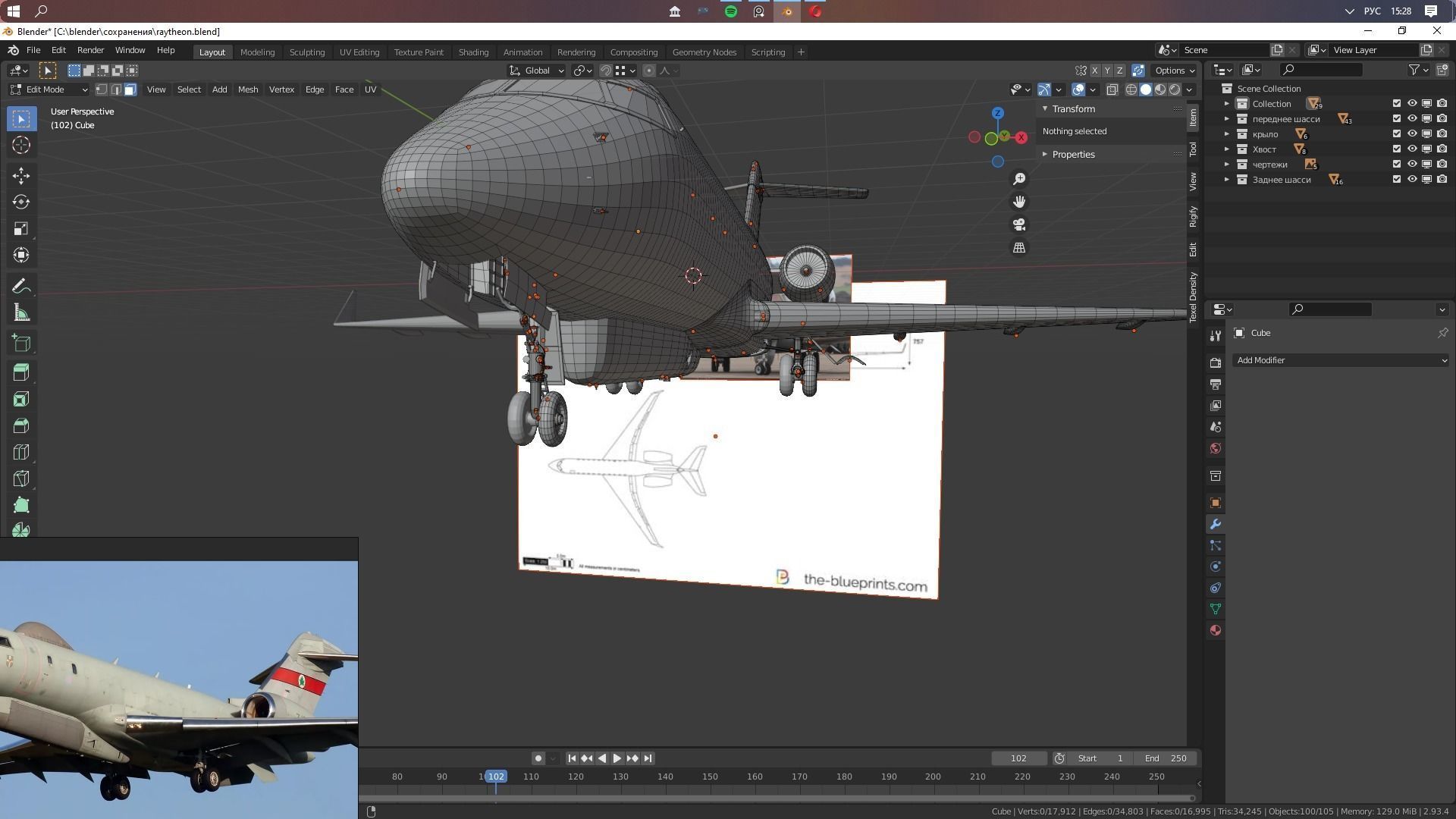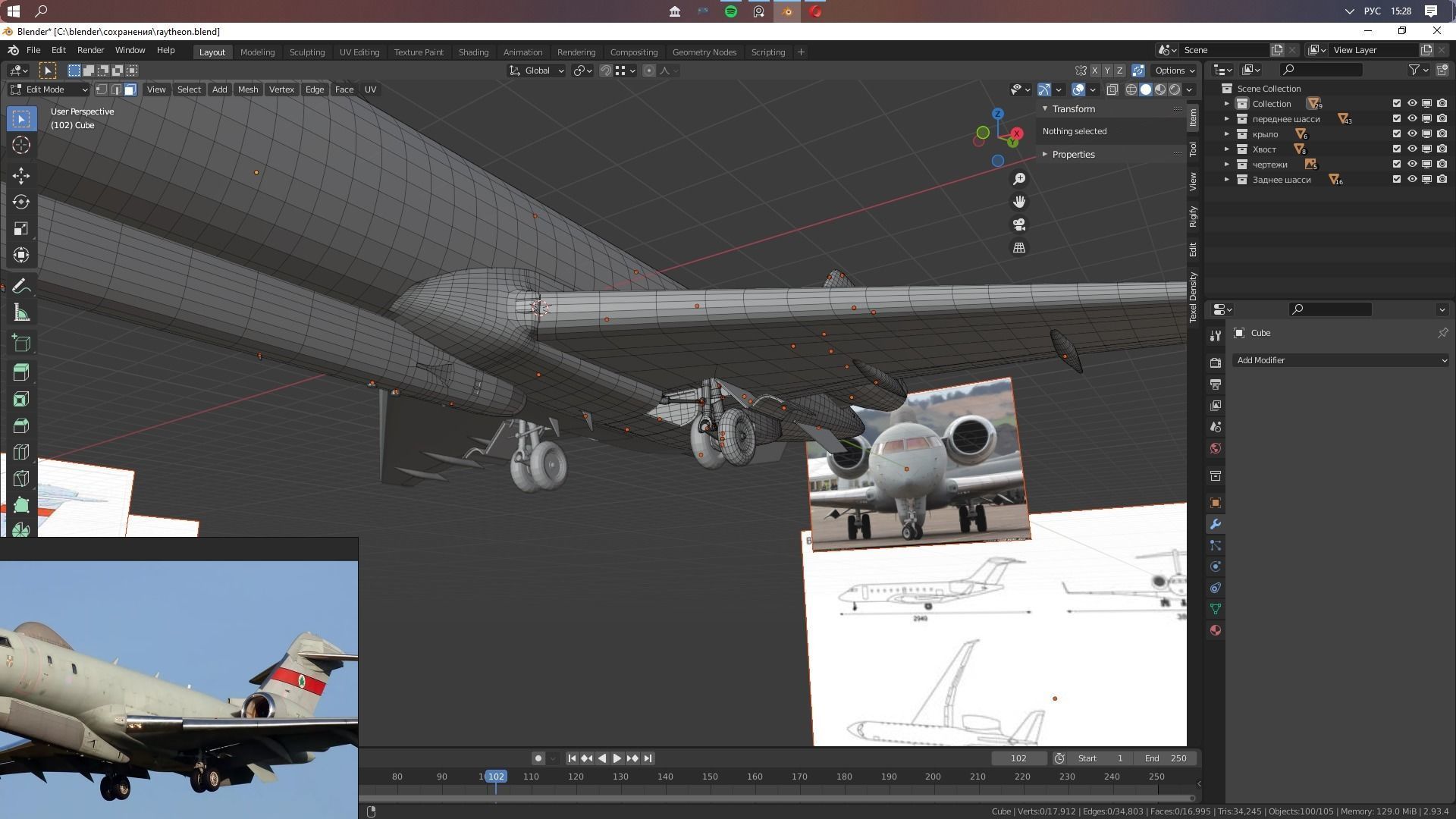
Raytheon - RAF Sentinel R1 - ZJ693 - Airborne Stand-off Radar - Low-poly 3D model
Perfect for use in games and simulation projects.
The Raytheon Sentinel was a highly specialized airborne battlefield and ground surveillance aircraft that served with distinction in the Royal Air Force (RAF). Developed under the ASTOR (Airborne STand-Off Radar) program, the Sentinel was designed to deliver real-time, high-resolution synthetic aperture radar (SAR) imagery and ground moving target indication (GMTI), enabling commanders to detect and track enemy movements across large areas. Though structurally based on the Bombardier Global Express, a Canadian-built ultra-long-range business jet, the aircraft was extensively modified and outfitted with advanced surveillance and mission systems supplied and integrated by the American defense contractor Raytheon. This collaboration created a hybrid platform that combined commercial airframe efficiency with cutting-edge military sensor capabilities.
The UK Ministry of Defence initiated the ASTOR procurement program in 1999, aiming to give British forces their own independent ground surveillance capability. The first aircraft was delivered in 2007, with five in total entering service. Operated by No. V (5) Squadron of the RAF, the Sentinel was unique in its joint-force staffing: RAF aircrew worked alongside British Army intelligence personnel, creating a multi-disciplinary team capable of fusing data into actionable intelligence.
The Sentinel was fully interoperable with allied systems such as the U.S. E-8C JSTARS (Joint Surveillance Target Attack Radar System) and NATO’s Alliance Ground Surveillance (AGS), allowing seamless integration during coalition operations. Throughout its career, the aircraft saw extensive service abroad, providing vital intelligence support during major campaigns. These included deployments to Afghanistan, where it supported British and coalition operations against insurgents; Libya, where it assisted during the 2011 NATO-led intervention; and Mali, where it aided French forces combating Islamist militants in the Sahel region. It was also dispatched to Ghana during the 2008 African Cup of Nations for situational awareness, and even flew domestic surveillance sorties to support UK authorities during natural disaster response efforts, including flooding events.
Despite its operational success, the Sentinel’s future was consistently uncertain. The 2010 Strategic Defence and Security Review (SDSR) under the UK government initially declared the type would be withdrawn following the end of operations in Afghanistan. However, the decision was later reversed by Prime Minister David Cameron in 2014, acknowledging the aircraft’s continuing value. The 2015 SDSR further extended its operational life, with promises to retain it “into the next decade.” Unfortunately, these reversals and indecision meant the aircraft never received significant system upgrades or modernization, which ultimately limited its long-term viability.
After more than a decade of frontline service and despite strong operational performance, the Sentinel fleet was officially retired in March 2021. Its decommissioning marked the end of the UK’s sovereign airborne ground surveillance capability, with future roles expected to be fulfilled through a combination of allied cooperation and emerging technologies such as drones and space-based assets.
Formats include: OBJ, FBX. Feel free to check out the other models, just click on the user name to see the complete portfolio.


